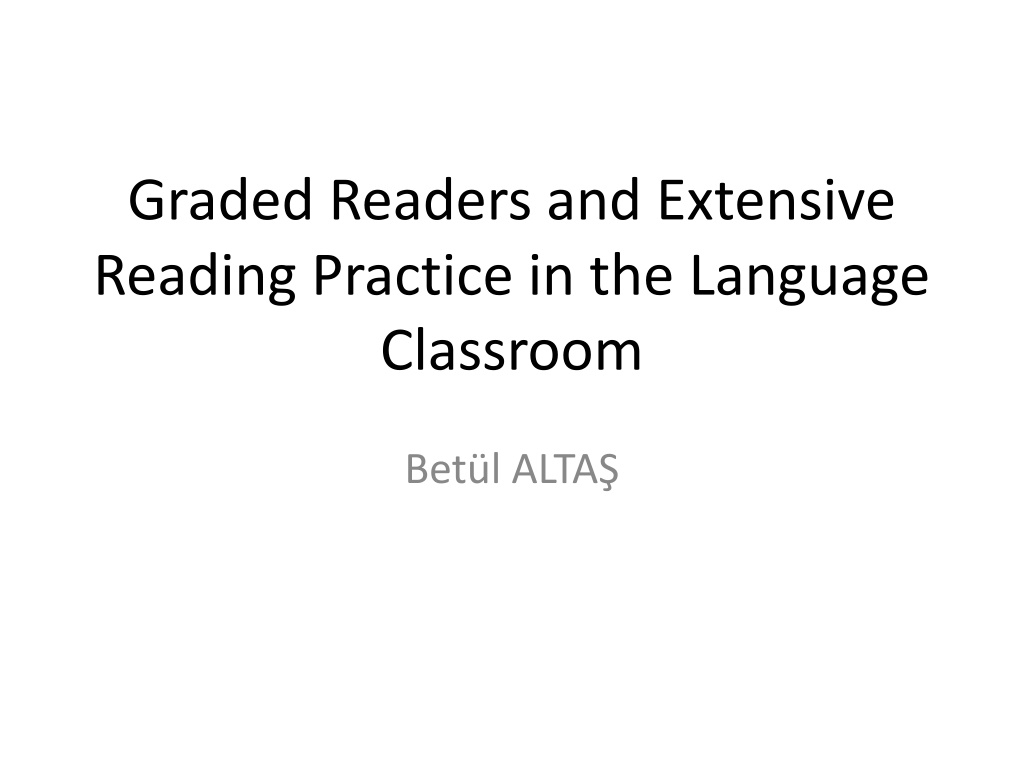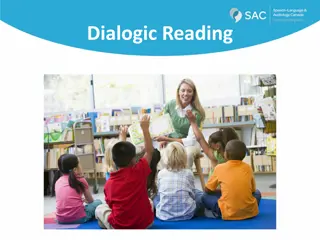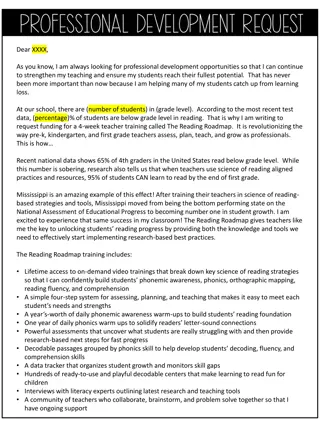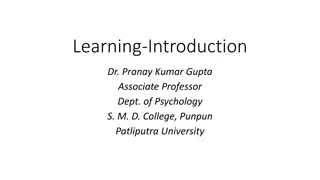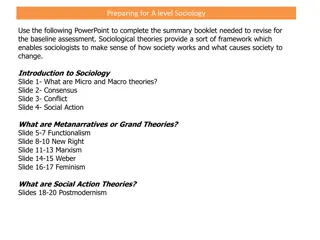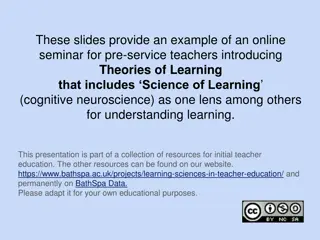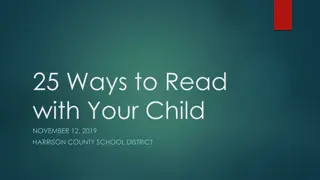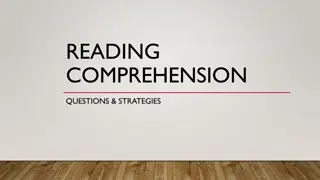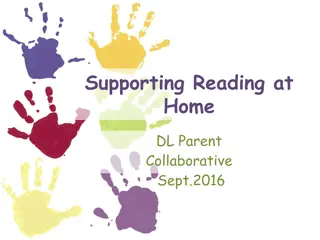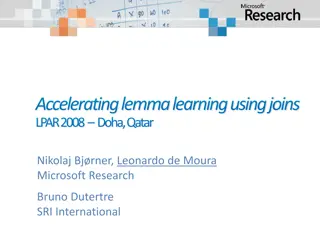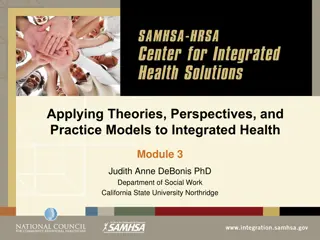Understanding Theories of Reading Processes in Language Learning
Explore different theories of reading processes in language learning, including the traditional view, bottom-up view, cognitive view, and metacognitive view. Discover how readers acquire skills, the importance of linguistic features, and the role of readers in understanding texts. Dive into intensive reading activities such as skimming, scanning, and jigsaw activities, and learn about the three types of schemata influencing the reading process.
Download Presentation

Please find below an Image/Link to download the presentation.
The content on the website is provided AS IS for your information and personal use only. It may not be sold, licensed, or shared on other websites without obtaining consent from the author. Download presentation by click this link. If you encounter any issues during the download, it is possible that the publisher has removed the file from their server.
E N D
Presentation Transcript
Graded Readers and Extensive Reading Practice in the Language Classroom Bet l ALTA
Theories of Reading 1. The traditional view: * As to Dole et al. (1991), novice readers acquire a set of hierarchically ordered sub-skills. *Readers are passive learners of information in the text. .
* Bottom-up view of reading relies on the formal features of the language, mainly words and structure. * Knowledge of linguistic features is perceived as necessary for comprehension.
2. The cognitive view * Top-down model * Paran ( 1996) presents reading as a psycholinguistic guessing game, a process in which readers: sample the text make hypotheses confirm or reject them make new hypotheses * The reader is at the heart of the reading process.
3. The metacognitive view *Researchers eloborate on the control readers who can execute on their ability to understand a text. *Block (1992) refers to this control as metacognition. * The main focus of this view is on: thinking about what you are doing while reading.
As to this view, strategic readers aim to * identify the purpose of reading * identify type of text /form * think about the general character and features of the form (Klein et al., 1991).
* project the author's purpose for writing the text (while reading it). * scan or read in detail. * make continuous predictions (Klein et al., 1991).
Intensive Reading Reading activities, carried out in a classroom setting with the guidence of a teacher. Skimming Scanning Jig-saw activities
Three types of schemata play an important role in the process of reading (James, 1987). Linguistic schemata Content schemata Formal schemata
Extensive Reading Reading activities, performed outside the classroom setting . For fun and pleasure. Students read a lot. Variety of text types and topics are ready for students to make a choice to read. Studens choose what to read.
No test to grade the students. No exercise to question them. Main focus is on getting information and general understanding.
Individual and silent. Materials are selected in accordance with students language competence. The teacher is a role model. Extensive reading is a student-centered activity. Learners are more autonomous.
Graded Readers Books, organized with a from easy- to- difficult scheme. Labelled with language levels such as : beginner pre-intermediate intermediate.
We see language levels involving Common European Framework: A1, A2 and B1,B2. Graded readers have a controlled grammatical and lexical load. In this sense, graded reader regarded as Abridged refers to a brief story with the help of basic grammar and vocabulary.
* Dealing with graded readers is essential. * Without graded readers, elementary and intermediate levels cannot do extensive reading at the proper vocabulary levels.
Benefits of Extensive Reading 1. Increase in general world knowledge a) graded readers involve a certain kind of world knowledge. b) learners with some background knowledge related to a topic understand the relevant text better.
2. Incidental vocabulary learning a) students learn new words in a meaningful context. b) they unconciously do it, as the new words appears in different contexts over a period of time. c)students need 6 or 10 encounters with a certain word to learn it.
d) According to Warring and Nation (2004), intentional vocabulary learning is more efficient. e) From the critical perspective of Unaldi (2013), intentional vocabulary learning should be integrated with incidental one.
3. Increasing learner autonomy 4. Improving critical thinking refers to : self-directed self-disciplined self-monitored self-corrective skills problem solving abilities
5. Improving critical reading refers to: going beyond the surface level reflecting on the validity of what is being read.
6. Developing pragmatic abilities through extensive reading * Generally second language learners experience pragmatic failures that are defined as the inability to understand what is meant by what is said (Thomas, 1983). * However, extensive reading activities improve learners pragmatic competence.
